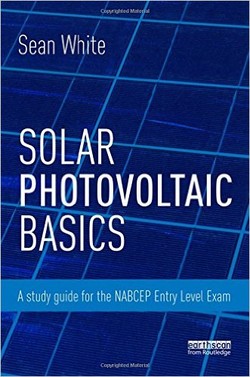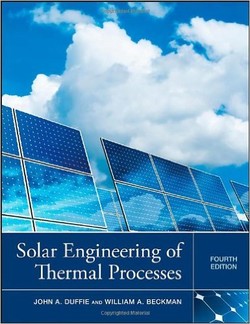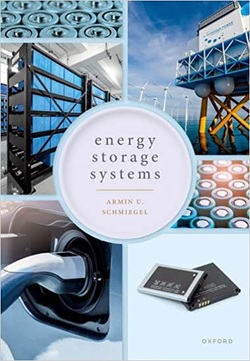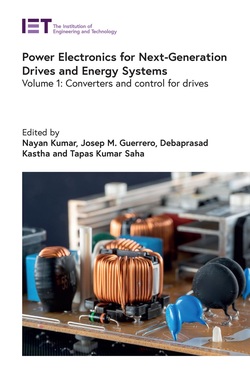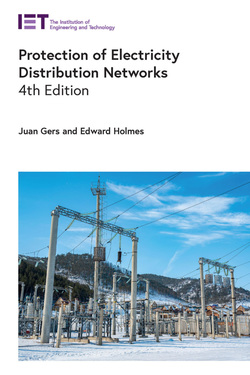سال انتشار: 2023 | تعداد صفحات: 362 | حجم فایل: 32.11 مگابایت | زبان: انگلیسی
Photovoltaic Technology for Hot and Arid Environments (Energy Engineering)
نویسنده
Brahim Aïssa, Nouar Tabet
ناشر
The Institution of Engineering and Technology
ISBN10:
178561911X
ISBN13:
9781785619113










